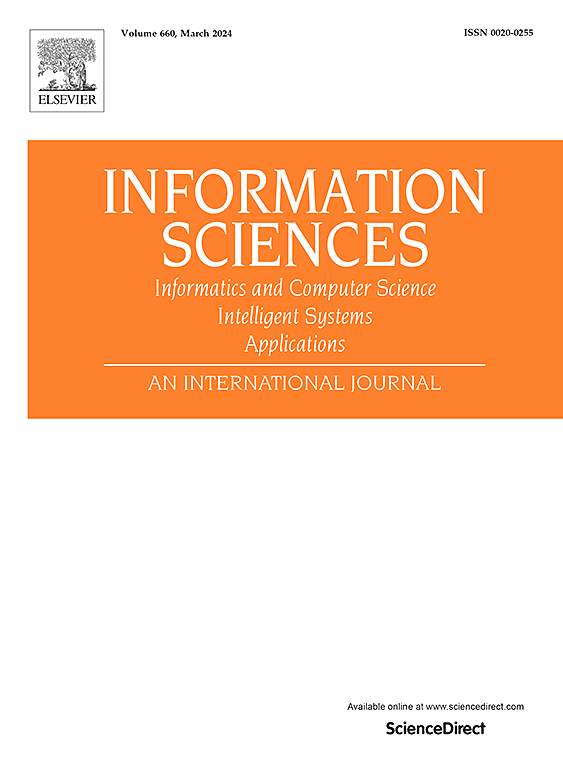The stability and oscillation analysis of fractional neural networks under periodically intermittent control from its response property
IF 8.1
1区 计算机科学
0 COMPUTER SCIENCE, INFORMATION SYSTEMS
引用次数: 0
Abstract
The input switching must cause output oscillation as the input-output property of a system. However this important process has rarely been reported in many obtained achievements about neural networks under periodically intermittent control.
In this paper, we have studied the stability and oscillation of fractional neural networks under periodically intermittent control. Firstly, the relation between fractional derivative and the response property is studied. Secondly, the output is divided into the steady part and the transient part. The transient part and the steady-state part are discussed according to the historical inputs step by step. Then, the oscillation mechanism of fractional neural networks is elucidated. Lastly, a novel stability condition and an oscillation-analyzing approach are proposed. Our research shows that the steady part and the transient part are related to all historical processes and the input switching must cause the output oscillation, which can explain the learning speed and the divergence of neural networks very well. Some examples presented in this paper have verified our theoretical achievements.
从响应特性出发,分析了周期间歇控制下分数阶神经网络的稳定性和振荡性
作为系统的输入输出特性,输入开关必须引起输出振荡。然而,在许多关于周期性间歇控制下的神经网络的研究成果中,这一重要过程很少被报道。本文研究了周期性间歇控制下分数阶神经网络的稳定性和振动性。首先,研究了分数阶导数与响应特性的关系。其次,将输出分为稳态部分和暂态部分。根据历史输入逐步讨论了暂态部分和稳态部分。然后,阐述了分数阶神经网络的振荡机理。最后,提出了一种新的稳定条件和振荡分析方法。我们的研究表明,稳定部分和暂态部分与所有历史过程有关,输入切换必然引起输出振荡,这可以很好地解释神经网络的学习速度和散度。文中给出的一些实例验证了我们的理论成果。
本文章由计算机程序翻译,如有差异,请以英文原文为准。
求助全文
约1分钟内获得全文
求助全文
来源期刊

Information Sciences
工程技术-计算机:信息系统
CiteScore
14.00
自引率
17.30%
发文量
1322
审稿时长
10.4 months
期刊介绍:
Informatics and Computer Science Intelligent Systems Applications is an esteemed international journal that focuses on publishing original and creative research findings in the field of information sciences. We also feature a limited number of timely tutorial and surveying contributions.
Our journal aims to cater to a diverse audience, including researchers, developers, managers, strategic planners, graduate students, and anyone interested in staying up-to-date with cutting-edge research in information science, knowledge engineering, and intelligent systems. While readers are expected to share a common interest in information science, they come from varying backgrounds such as engineering, mathematics, statistics, physics, computer science, cell biology, molecular biology, management science, cognitive science, neurobiology, behavioral sciences, and biochemistry.
 求助内容:
求助内容: 应助结果提醒方式:
应助结果提醒方式:


